Exploring Decking Options: Comparing Standard Wood, Composite, and Hardwood Decking
We will explore the features and benefits of standard wood, composite, and exotic wood decking options, by shedding light on the unique qualities of each material, so you are able to make informed decisions about your selection with your personal preferences, budget, and sustainability goals in mind.
Standard Wood Decking
Standard wood decking, crafted from pressure-treated, pressure treated premium, or cedar, offers a natural and affordable option for homeowners. It provides a classic aesthetic that enhances any outdoor environment. However, it requires regular maintenance, including staining and sealing, to prevent rotting, warping, and cracking. With proper care, standard wood decking can deliver a charming and cost-effective decking solution. For a comparison of standard wood options, check out our breakdown here.
Composite Decking
Composite decking is a popular alternative to natural wood, composed of a mixture of wood fibers, plastics, and other materials. It offers impressive durability and resistance to fading and staining. One of its key advantages is its low maintenance requirements, making it an attractive option for homeowners seeking a hassle-free solution. Available in a range of colors and styles, including wood-like appearances, composite decking allows you to achieve the desired aesthetic without the need for regular upkeep. But composite decking tends to be a pricier option.
In Texas, composite decking requires a denser frame to sit on so that it doesn’t bend and create waves in the heat, as it is a plastic. This means that your frame needs to be 12” on center instead of the standard 16” on center for natural materials. This refers to the distance between the frame boards. Here at Safe Space Construction, we build your frame with ⅓ more wood which does add to the extra cost associated with composite, but helps to ensure that your deck still looks good after 2-3 years in the Texas summers.
SSC Tip: Composite does run a bit hotter than other options, and can be uncomfortable for bare feet during the hot summers. Keep this in mind if you love walking on your deck with bare feet or if your deck is built around a pool or lake where bare feet are common.
Hardwood Decking
Hardwood decking is crafted from a variety of hardwood species such as Ipe, Cumaru, and Tigerwood. These woods provide exceptional durability, resistance to rot, insects, and harsh weather conditions. Hardwood decking boasts unique grain patterns and natural beauty, adding a touch of luxury to your outdoor space. However, it is important to note that hardwood decking is generally more expensive than composite decking and significantly more expensive than pressure treated or cedar decking. Some varieties do require periodic maintenance, such as staining or oiling and sealing, to preserve its appearance. Luckily, most varieties do not require staining for preservation.
These hardwoods run cooler to the touch during the hot summers in Texas, and last significantly longer than any other decking materials.
The exotic hardwoods are considered the top tier option for both longevity, beauty combined with minimal upkeep requirements.
In conclusion
When selecting the right decking material for your project, consider your budget, maintenance preferences, and desired aesthetic. Standard wood decking offers affordability and a natural look but requires regular upkeep. Composite decking provides durability, low maintenance requirements, and a wide range of styles. Hardwood decking brings luxury and unique beauty to your outdoor space but comes with a higher price tag.
Contact Safe Space Construction for a free consultation with our deck building experts in Austin, Texas and surrounding areas to review what option might be best for your goals and space!




